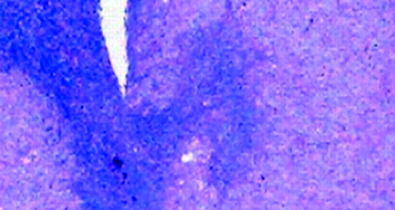SATURDAY OCTOBER 25, 2008
MODELING LYMPHOCYTE HOMING AND ENCOUNTERS IN LYMPH NODES

In collaboration with Valentina Baldazzi (INRIA Grenoble, France), Paola Paci (Biomedical University Campus, Rome, Italy) and Massimo Bernaschi (IAC - CNR, Rome, Italy)
Lymph nodes and Peyer’s patches play a key role in the development of an appropriate and efficient immune response. Once an Antigen (Ag) is detected inside the host organism it must be presented to specific lymphocytes to trigger an immune response. The recognition process has to be highly efficient: at most in few hours it is necessary to find specific lymphocytes inside a repertoire that includes about 10 millions different receptors. The way nature organized itself to accomplish this goal represents a intriguing fine-tuned mechanism, based on a careful balance between diffusion properties, chemotaxis and receptor expression.
We developed an agent-based model to describe the lymph node as composed by three regions: a T cell area (i.e., the paracortex) a B cell area (i.e., inside the node cortex), plus a region (i.e., the medulla) consisting of the exits conducting to the effererent vessel.
The current model includes the description of two possible mechanisms for antigens delivery, based on a passive or active (i.e., cell-aided) transport mechanism.
V. Baldazzi, P. Paci, M. Bernaschi and F. Castiglione. Modeling lymphocytes homing and encounters in lymph nodes. BMC Bioinformatics. 10: 387 (2009) doi:10.1186/1471-2105-10-387
STUDY